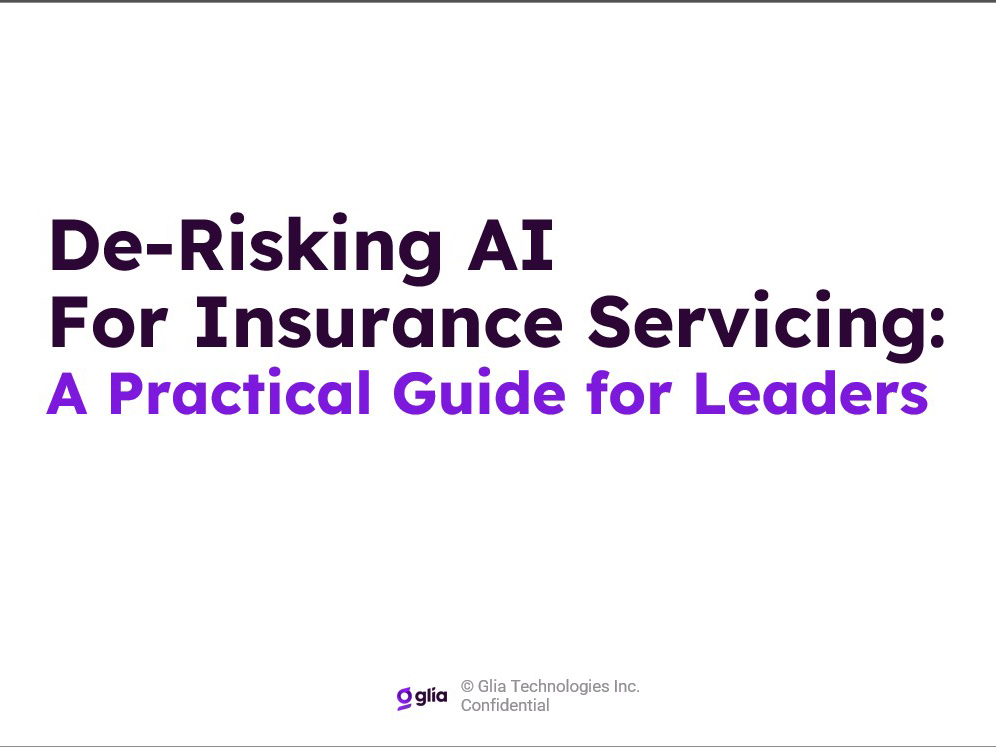Opinion | Less CBD, More CBT: Exploring the Mind/Body Connection in Workers’ Compensation
With the news that Ohio is eliminating OxyContin and generic oxycodone from its drug formulary, the workers’ compensation community cheered.
However, the decision was tempered by the fact that Ohio will replace it with Xtampza ER. Xtampza is an opioid medication approved in 2016 for severe pain. The FDA says the drug is resistant to abuse.
And though this might seem like progress, if the workers’ compensation industry — and indeed the health industry at large — continues to insist opioid use for chronic pain must be curbed, then it’s time to start privileging alternative treatment modalities and not just preventing abuse of medication. In fact, workers’ comp is in a unique position to lead this effort through the biopsychosocial model of care.
The biopsychosocial model of care is a broad term that applies to all areas of treatment and is based on the ideas of the late George Engel, who authored an influential critique of biomedicine in 1977. Engel’s biopsychosocial model was analyzed by researchers whose critique was published in the November 2004 Annals of Family Medicine.
Philosophically, biopsychosocial approaches take into account not just objective findings and biochemical alteration within the body, but also social dimensions of disease.
At the practical level, it means that physicians must make an effort to develop the relationship with the patient to encourage adherence to treatment. That relationship could manifest the need to address within a workers’ comp claim a psychological issue, a language barrier or nutrition.
The recent release of the federal government’s Pain Management Best Practices Inter-Agency Task Force mentioned the biopsychosocial approach by name in its recent draft guidance, listing the following treatment modalities as central to balanced, individualized pain management:
- Medications. Different classes depending on patient medical conditions and history.
- Restorative movement therapies. Physical and occupational therapy, massage therapy, aqua therapy.
- Interventional procedures. Different types of minimally invasive procedures can be important for both acute and chronic pain.
- Complementary and integrative health. Acupuncture, yoga, tai chi, meditation.
- Behavioral health/psychological interventions. Coping skills, cognitive behavioral therapy (CBT).
The first three on the list are likely familiar to workers’ compensation professionals, while the latter two may make us cringe. Why? Because the common understanding of mind/body medicine like yoga and cognitive behavioral therapy is that it doesn’t fall into the realm of work injuries.
On the contrary though, CBT is the “gold standard” of care and should be utilized at the first sign of catastrophizing or common mental health disorders like depression and anxiety.
A study published in The BMJ Occupational and Environmental Medicine edition bears this out, finding that “work-focused cognitive–behavioural therapy and individual job support” increased work participation in its population of 1,193 disabled persons by 7.8 percent versus the control after follow up at 18 months.
Meanwhile, yoga, an ancient mind/body practice, is touted in a 2015 Harvard Medical School review and countless studies as a powerful, modifiable pain relief tool for fibromyalgia and other conditions.
The ability to try alternative treatment modalities, rather than mindlessly approving painkillers, creates an atmosphere of compassion around a claim that is likely to reduce litigation and encourage return-to-work. Indeed, World Health Organization data from a 1994 study concluded that: “The consistent relationship of psychopathology and disability indicates the compelling personal and socioeconomic impact of common mental illnesses across cultures. This suggests the importance of impairments of higher-order human capacities (eg, emotion, motivation, and cognition) as determinants of functional disability.”
Therefore, if functionality post-injury is the goal, addressing the mind/body connection is the solution.
Considering the unique interplay between the variety of providers and professionals that touch an individual comp claim — doctors, nurse case managers, vocational rehabilitation counselors, and adjusters alike — the workers’ compensation system’s ability to integrate the biopsychosocial model of care is obvious.
Let’s get to work. &










